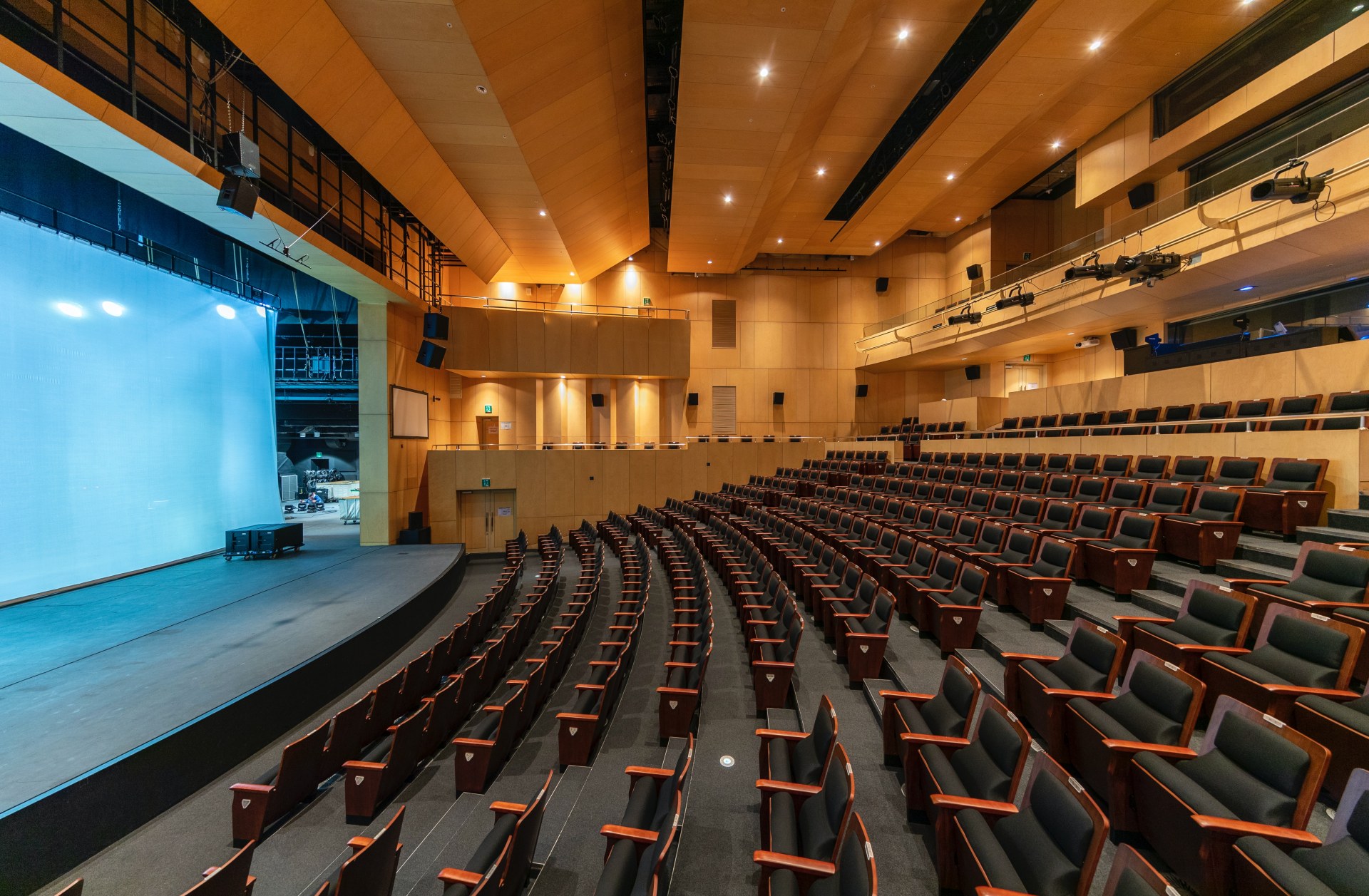When it comes to creating the perfect auditory environment, whether it’s in your home, office, or a recording studio, sound quality matters. The way sound interacts with the surfaces in a room can significantly impact the overall acoustic experience.
One powerful tool that often goes unnoticed is the use of sound reflectors. These ingenious devices play a crucial role in shaping how sound waves propagate, enhancing sound quality, clarity, and overall immersion.
Understanding Sound Reflectors
1. Sound Reflectors Defined
Sound reflectors are specialized acoustic panels designed to redirect sound waves in a controlled manner. They are usually strategically placed on walls, ceilings, or other surfaces in a room to influence how sound bounces off these surfaces. Unlike sound absorbers that soak up sound energy, reflectors work by bouncing sound waves off their surfaces to achieve desired sound distribution and clarity.
2. Enhanced Sound Distribution
One of the primary benefits of sound reflectors is their ability to evenly distribute sound throughout a space. By redirecting sound waves towards the audience or the desired listening area, sound reflectors help eliminate dead spots and irregularities in sound distribution. This is particularly important in larger rooms or spaces with challenging architectural designs.
3. Improved Acoustic Clarity
Sound reflectors can significantly enhance acoustic clarity by preventing sound waves from colliding and canceling each other out. When sound waves bounce off multiple surfaces without proper control, they can interfere with each other, leading to sound distortion and decreased clarity. Reflectors strategically positioned in a room can mitigate these issues by ensuring that sound waves arrive at the listener’s ears with minimal interference.
4. Tailored Acoustic Environments
Different spaces have different acoustic needs. A recording studio requires precise sound control to capture the purest sound recordings, while a home theater might prioritize immersive audio experiences. Sound reflectors can be customized and positioned to match these specific needs, helping to create an acoustic environment that complements the room’s purpose.
Optimizing Sound Reflection
1. Strategic Placement
To achieve the best results, it’s essential to strategically place sound reflectors in the room. Consider the primary listening positions and the angles at which sound waves will hit the reflectors. Reflectors can be positioned on walls and ceilings at various angles to redirect sound towards the desired areas and create a balanced auditory experience.
2. Combining with Other Acoustic Treatments
Sound reflectors work best when used in conjunction with other acoustic treatments, such as diffusers and absorbers. While reflectors help redirect sound waves, diffusers scatter sound in multiple directions, and absorbers soak up excess sound energy. Combining these treatments can result in a well-rounded acoustic environment with optimized sound quality.
Conclusion
In the world of acoustics, every surface and material matters. The innovative role of sound reflectors often goes unnoticed, yet it holds immense potential in transforming your auditory experience. By strategically redirecting sound waves, these unassuming panels can enhance sound distribution, improve clarity, and create tailored acoustic environments for any space.
Whether you’re an audiophile, a content creator, or someone who simply values a great sound experience, considering the strategic integration of sound reflectors can make a remarkable difference in the way you perceive and enjoy sound.




